The Ruby Necklace: A Recipe for Bog-to-Table Agritourism
- Location: Wareham, United States of America (USA)
- Area: Wareham County MA
- Year: 2023
- Work Type: Student
- Institute: Graduate School of Design, Harvard University
- Status: Conceptual
- Team Members: Felicia Nichole Perez
- Instructor: Mark Heller
This proposal leverages tourism and recreation to aid the at-risk industry of Cranberry growers to sustain their farms and cultivate the cultural heritage of this native crop.
Threatening their land and livelihoods, cranberry farmers are at a pivotal fork in the road, to retreat or to renovate? This framework supports the renovation of bogs and the rebranding of the region as an enticing bog-to-table destination. By introducing agritourism, smaller farms merge with open-public lands through long-distance biking and walking trails.
Recommended harvest routes are identified and formalized through mapping. Reducing the bog acreage at each site facilitates the transition to diversify farming by incorporating pollinator meadows, marshlands, rotational crops, and solar energy. By adapting to ecologically mindful forms of agrifarming, growers uniquely position themselves to capitalize on available grants, thus reducing the financial liabilities of renovations.
This modification generates more desirable cultivars for the market and enables efficient growing seasons, using less fuel and less water. This establishes a new metabolism to include a dedicated Cranberry Cultural Heritage Park to promote year-round programming for tourism, strengthen sustainable farming relief, link farmers together, and bring the community and visitors closer to this heritage.
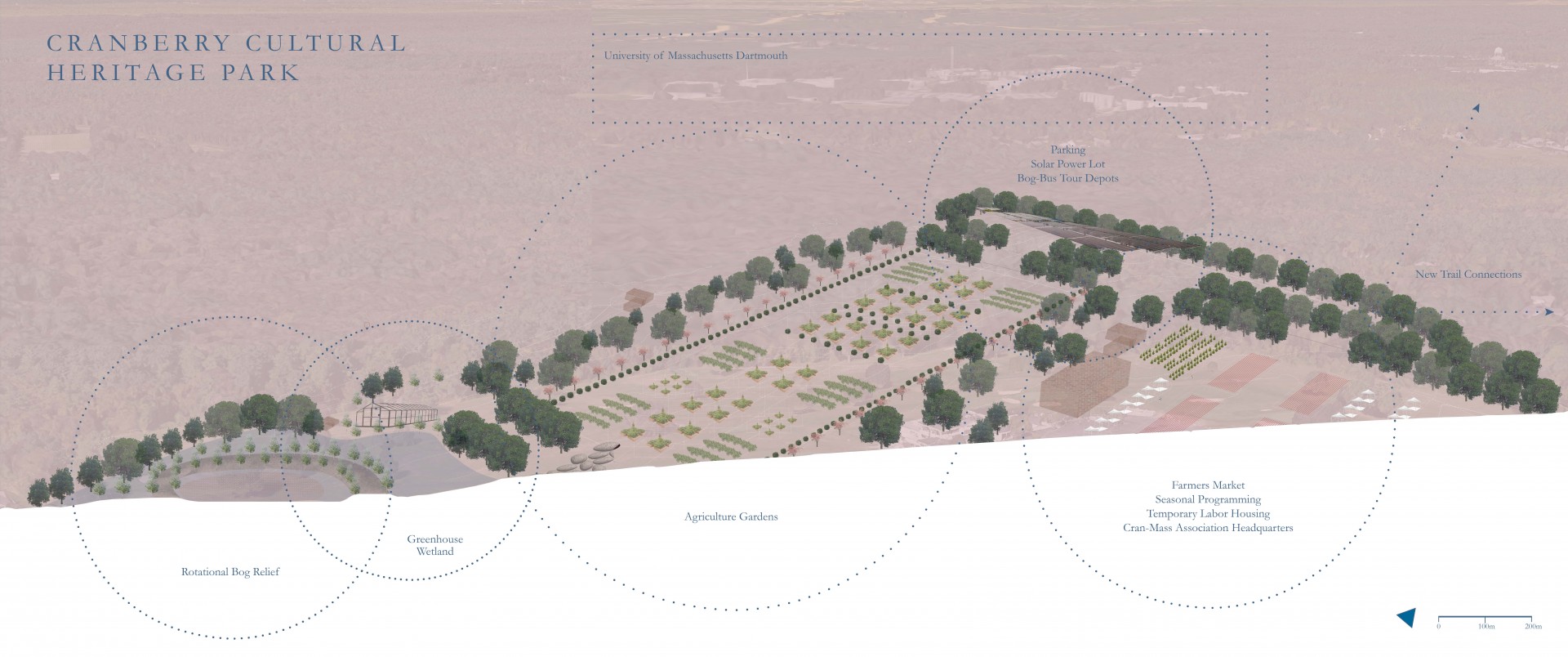
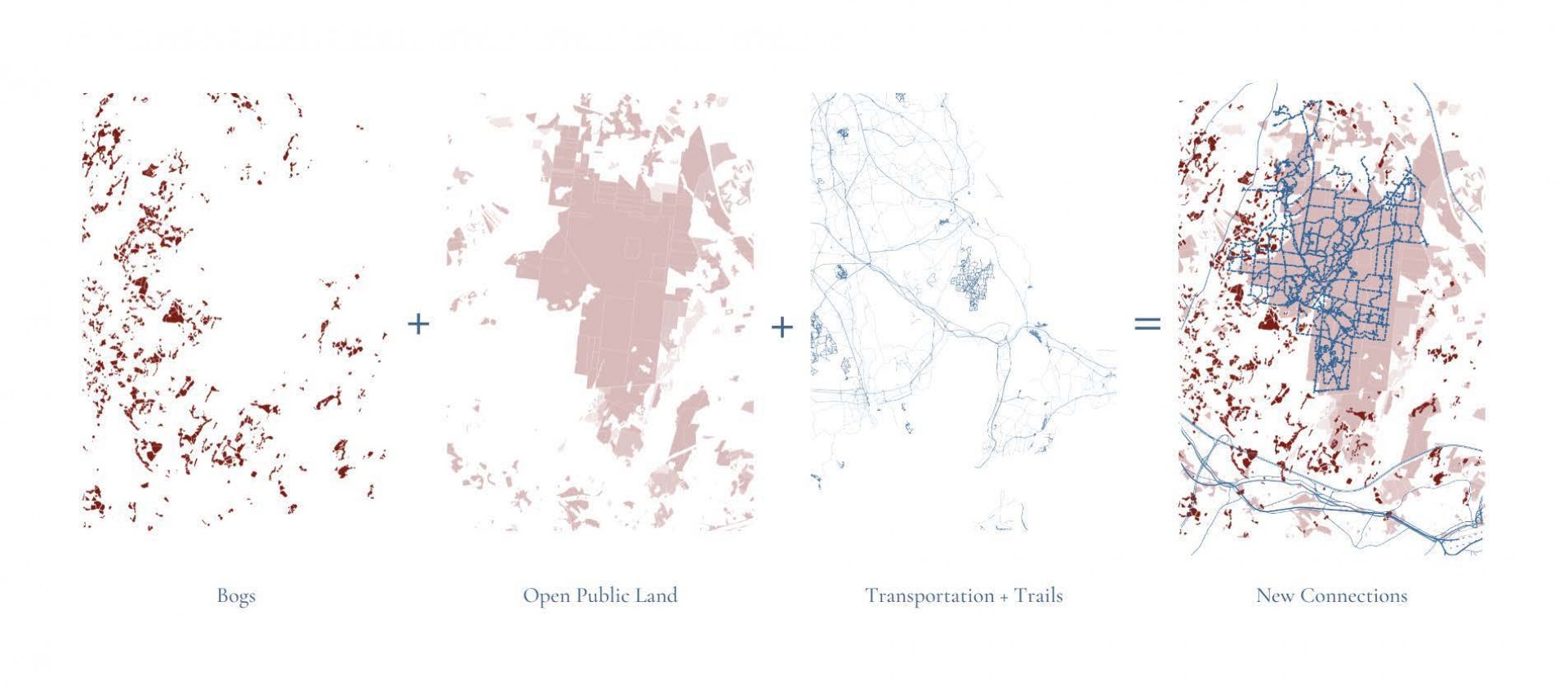
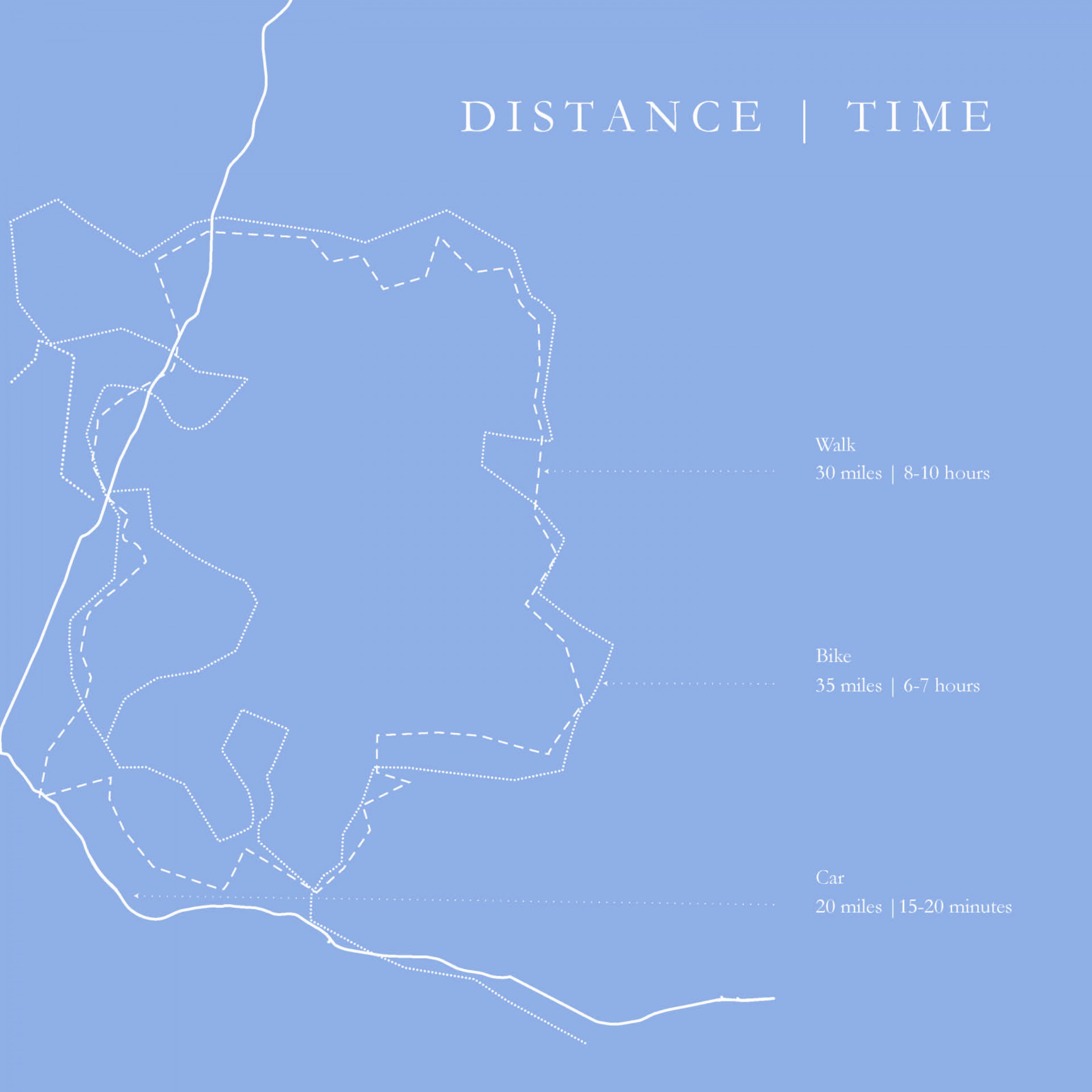
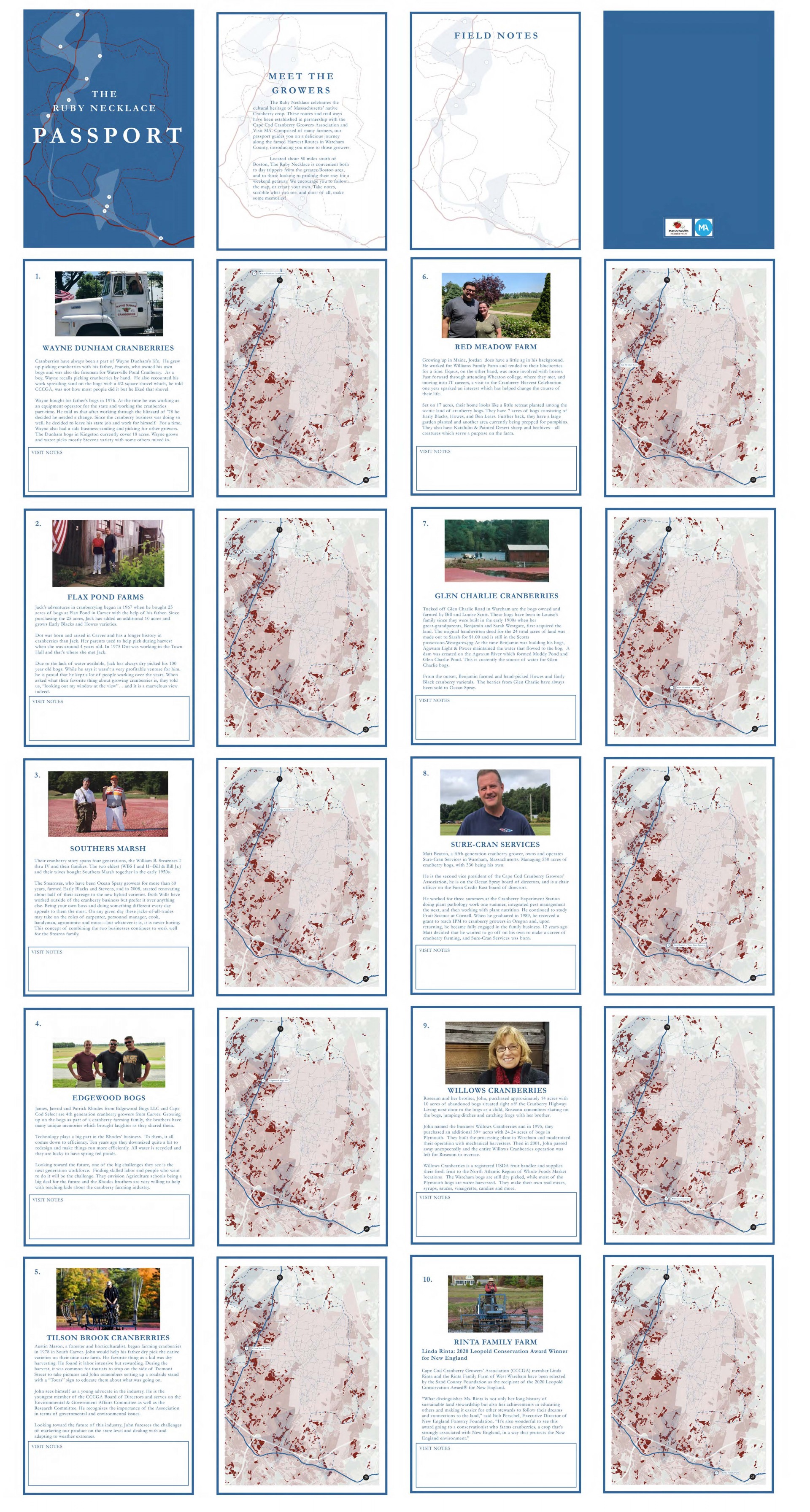
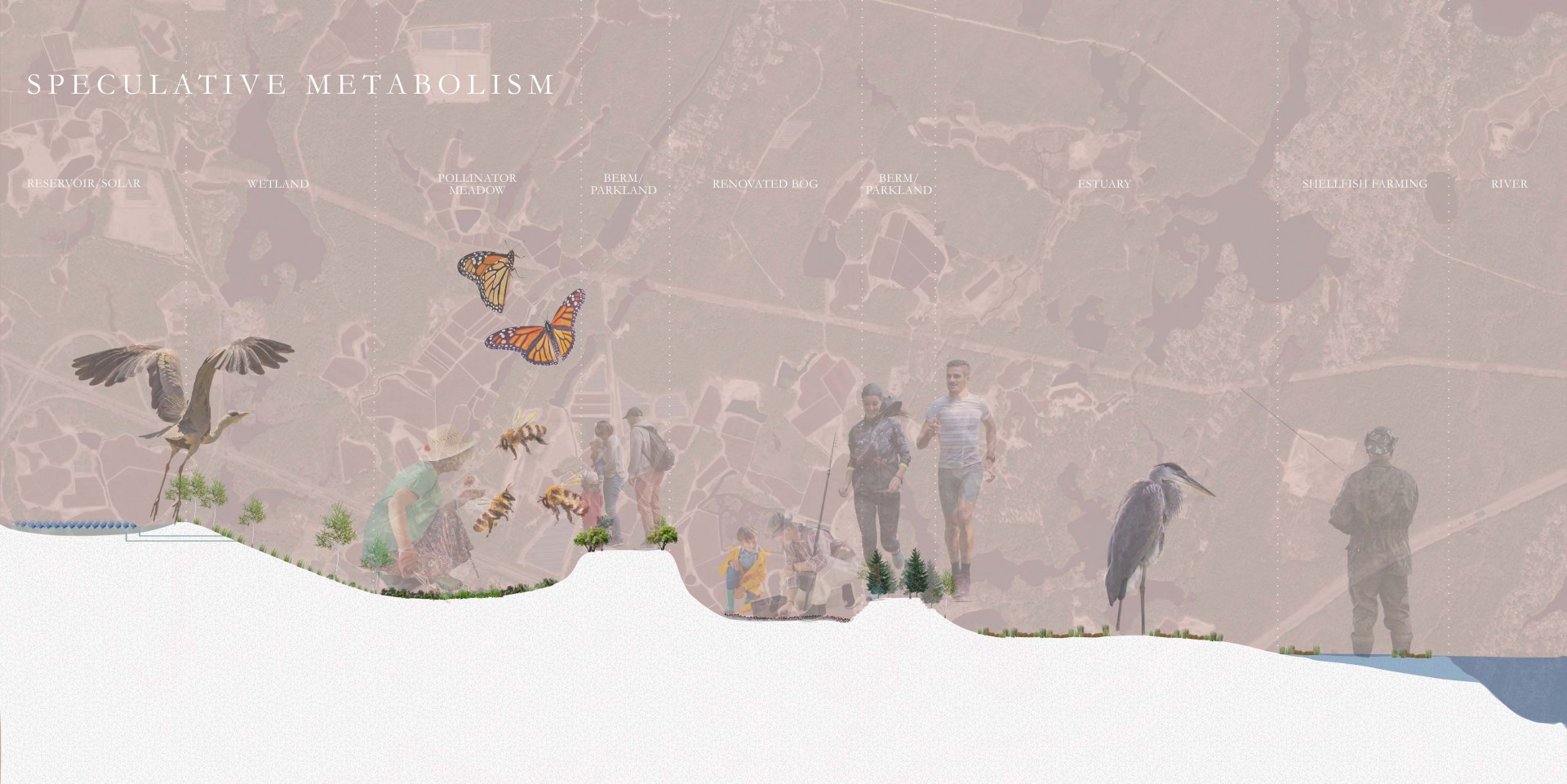


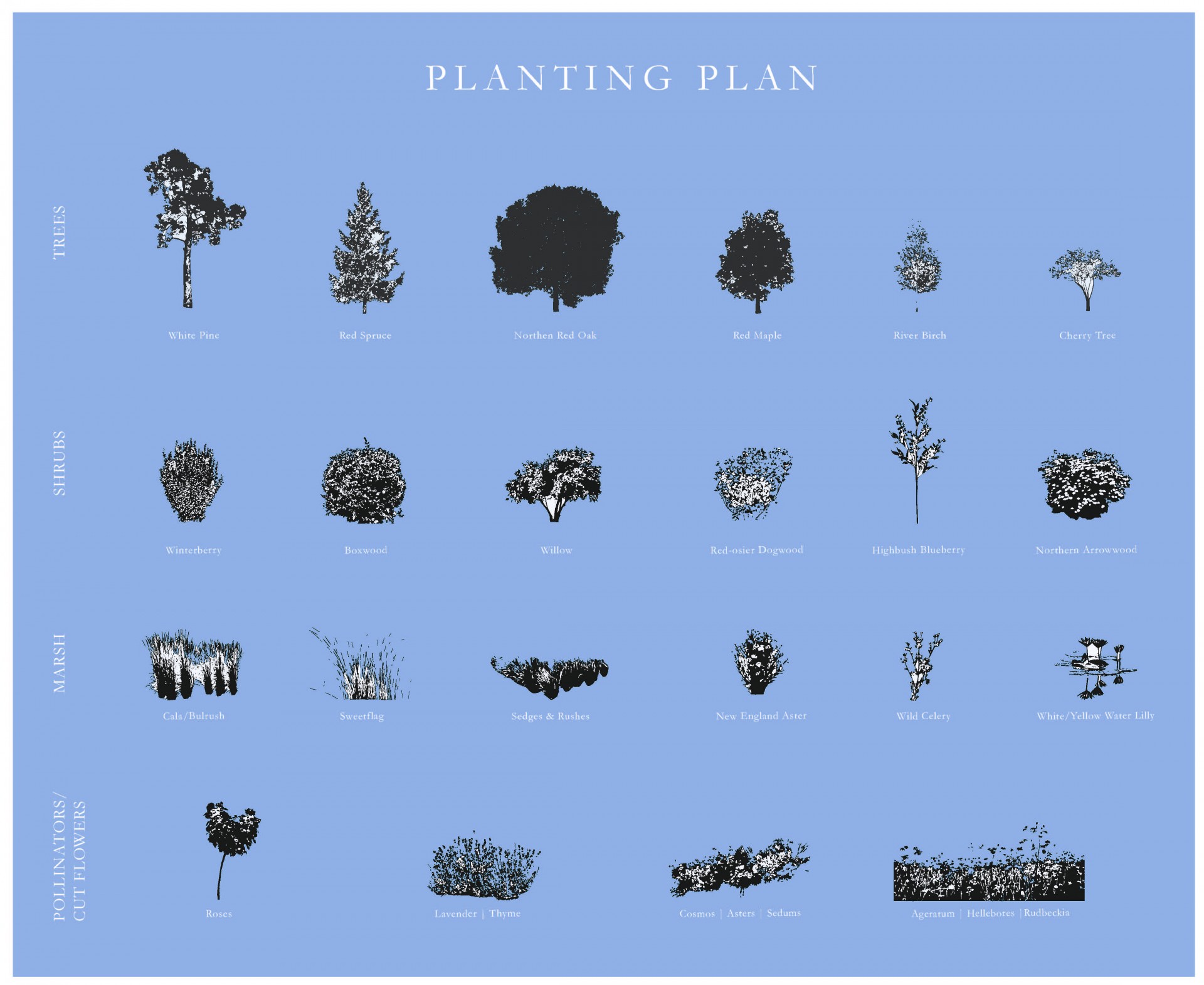


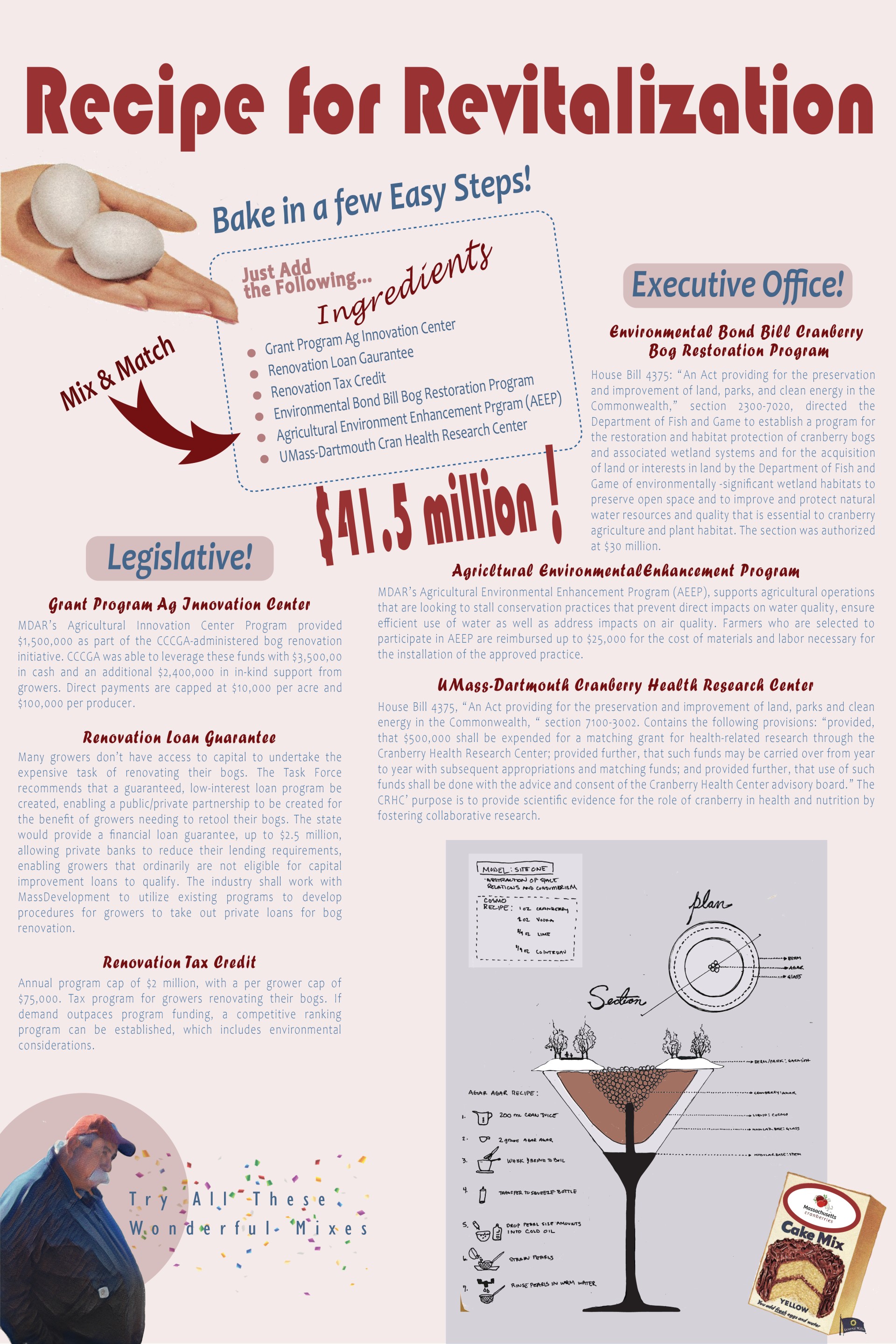
.jpg)